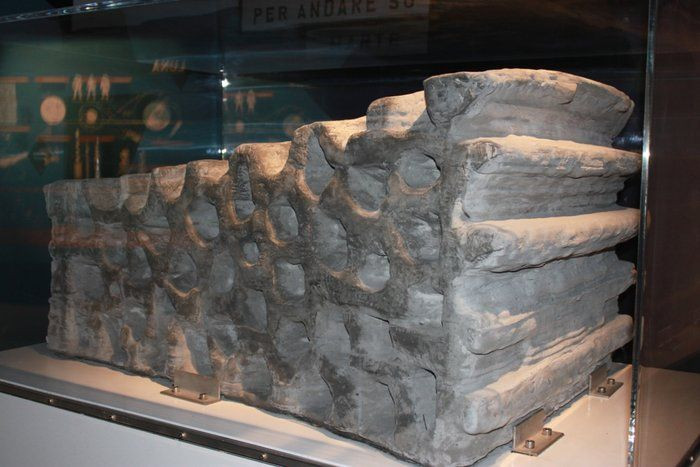Construction On The Moon: Researchers Testing Lunar Dust Simulants For Future Habitats

Now that scientists know about the presence of ice on the surface of Moon, international space agencies could look forward to harvesting it as a water source and moving ahead with the plans of exploring deep space.
A part of that effort involves building habitats on the surface of Moon, which could provide suitable conditions to accommodate Earthlings and their technologies. According to the European Space Agency, a permanent lunar outpost could be a major boost for crewed/uncrewed missions, which solely rely on fuel and supplies from Earth at the moment.
This has prompted geologists and scientists hailing from the European Astronaut Centre (EAC) to start lunar masonry on Earth itself. The work, which involves studying and testing lunar dust stimulants, would serve as the groundwork for future habitats and facilities on the moon.
The entire surface of the moon is covered with fine, grey-colored particles of lunar dust, something that scientists think could be crushed, burnt, and compressed to form bricks.
“Moon bricks will be made of dust,” Aidan Cowley, ESA’s science advisor, said in a statement. “You can create solid blocks out of it to build roads and launch pads, or habitats that protect your astronauts from the harsh lunar environment.”
Typically, the lunar dust appears different from soil samples found on Earth, but if we look at the make-up of this material, its composition matches a lot with soil in some parts of our planet. The relation, as ESA puts, is volcanism.
Planets with volcanic activity produce basaltic dust similar to that of the moon — with a high amount of silicates. Earth is no exception to the rule and scientists have located a large reserve of power similar to lunar dust in a volcanic region around Cologne, Germany.
“The Moon and Earth share a common geological history, and it is not difficult to find material similar to that found on the Moon in the remnants of lava flows,” Cowley added.
That said, the researchers are now using the lunar dust substitute, named EAC-1, to develop technologies and concepts that could ultimately lead to the development of a lunar base. Moreover, as part of the Spaceship EAC initiative, they are also looking into ways of extracting oxygen from lunar soil. Nearly 40 percent of the lunar soil is made up of oxygen and harvesting it could prove really effective in extending astronaut’s stay on the Moon.
But, before moving ahead with the plan of building habitats from lunar soil bricks, the team would need more data on the dust and its behavior on Moon. The atmosphere-less surface of our satellite is constantly bombarded with solar radiation, which, according to researchers, charges the dust, causing its particles to lift off the surface.
“This gives us one more reason to go back to the Moon,” Erin Tranfield, a member of ESA’s lunar dust topical team, added. “We need pristine samples from the surface exposed to the radiation environment."
This could provide insight into the dust’s electrostatic nature and reveal how it may affect future habitats.

© Copyright IBTimes 2024. All rights reserved.





















